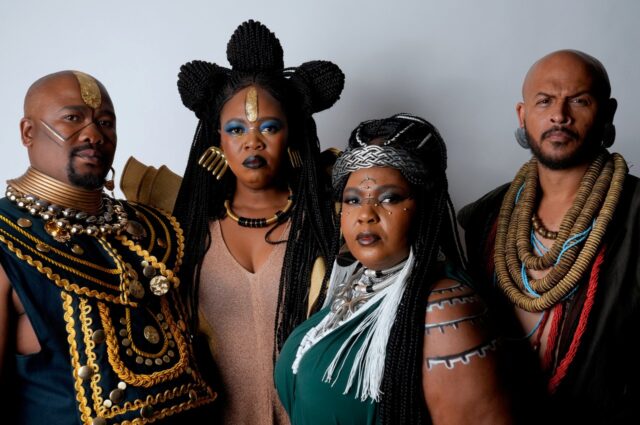The discourse about colour in art ignores the uncomfortable sociopolitical ramifications of race, writes Athi Mongezeleli Joja.
Ponder on colour is the challenge of Chroma, the summer group show of the Stevenson Gallery in Cape Town. The title, which refers to the intensity of colour, is taken from filmmaker Derek Jarman’s book, Chroma: A Book of Colour.
According to the gallery’s explanation, the exhibition “presents both works that see colour as their leitmotif and others that, often with new strategies, reflect on the politics of colour in recent years”.
Artistic expression speaks to us through our senses. That is, we react to it on the basis of our sensory experience. And, in all the battles for the soul of the sensible, colour, as the Russian painter and art theoretician Kazimir Malevich argued, isn’t just an end in itself but “must be given life and right to individual existence”. That’s to say the constitutive elements of painting such as colour, texture and composition aren’t secondary to the content, as is generally argued.
With all the weight colour has on South African life, walking through Chroma was like a reality extracted from Mars. Though sufficiently suggestive, we are never too certain about its direction, and we are not able to follow it. As is almost too typical of the workplace’s end-of-year functions, at most, it seems Stevenson just threw a “jol” for its “stuff” and dubbed it “chroma”.
This is not an attempt to overlook the significant role colour plays in the formal and aesthetic representation and construction of South African art. But the space given to abstract ideas of colour, compared with works such as the Colour Me series by Berni Searle, Jane Alexander’s Harbinger with Rainbow and Mawande ka Zenzile’s paintings, leaves much to be desired. This is typical of the general indifference to sociopolitical reality, if not impatience with the race question, that continues to structure every perceptive reach of our society.
Beneath the illusory motif of the rainbow, which apparently has “allowed more spacious considerations of the experiences of colour in art”, there lurks the invisible nightmare of racial blackness.
In Chroma, aggressive colour is mobilised to its full kaleidoscopic potential, as the aesthetic counterpart of political omission. We must insist that, though there is a litany of colour that pops up in our ordinary lives, the black and white reality seems to be the only palette that structures those lives.






